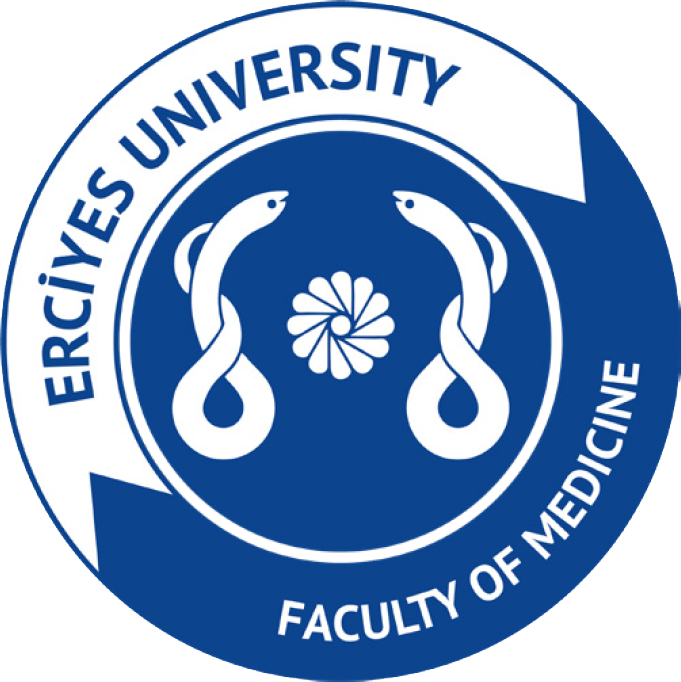2Department of Medical Biology, Maltepe University Faculty of Medicine, İstanbul, Türkiye
Abstract
Objective: Astaxanthin (ATX) is a well-known antioxidant and cytoprotective natural xanthophyll carotenoid that exhibits protective effects against a wide range of pathological conditions. However, its underlying mechanisms and the contribution of autophagy remain unclear. This study aimed to investigate the potential role of autophagy in ATX-mediated cytoprotection under oxidative stress conditions through a genetic approach.
Materials and Methods: Wild-type and autophagy-deficient (atg8Δ) Saccharomyces cerevisiae strains were exposed to 1, 3, or 8 mM H₂O₂ for up to three hours. Cell viability and intracellular reactive oxygen species (ROS) levels were measured using the colony-forming unit assay and H₂DCFDA staining, respectively. To evaluate the contribution of autophagy to ATX-mediated cytoprotection, wild-type and atg8Δ cells were pretreated with or without 30 µM ATX for three hours, followed by exposure to 3 mM H₂O₂ for one hour. Viability and ROS levels were compared between wild-type and atg8Δ strains.
Results: H₂O₂ reduced cell viability in both strains in a dose- and time-dependent manner, with atg8Δ cells showing increased sensitivity. ROS levels also showed a dose-dependent increase in both strains and were higher in atg8Δ cells after prolonged H₂O₂ exposure. ATX pretreatment effectively reduced intracellular ROS levels in both strains. While ATX improved viability in wild-type cells, it failed to enhance viability in autophagy-deficient cells.
Conclusion: Autophagy may not be required for the ROS-reducing effects of ATX but may be essential for protection against oxidative stress-induced cell death, highlighting the importance of autophagy in ATX-mediated cytoprotection.


